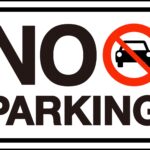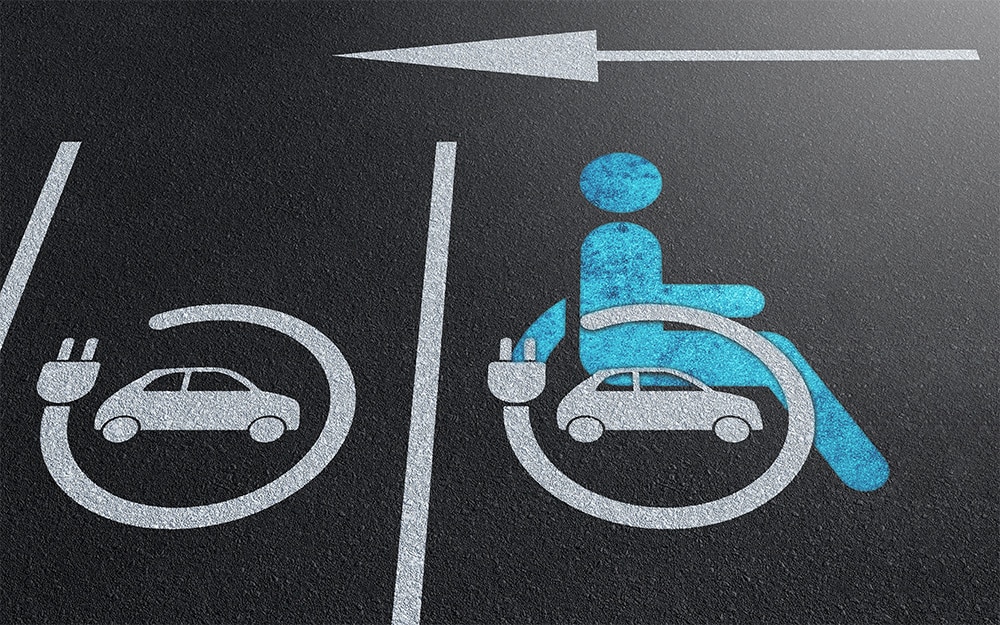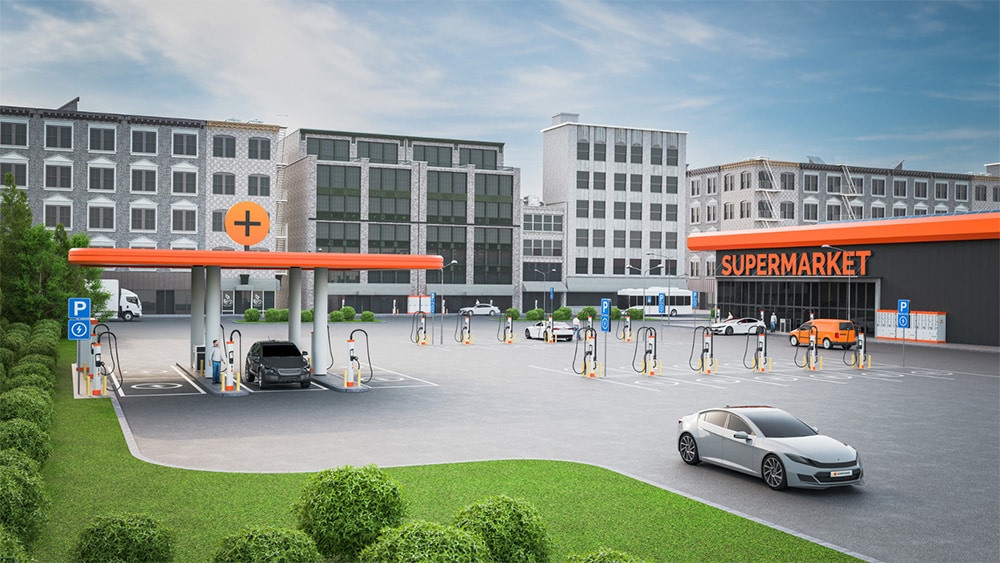Home » The Business of Parking | Financial » Critical Elements in Maximizing Your Parking Facility’s Revenue
The Business of Parking
Financial
Critical Elements in Maximizing Your Parking Facility’s Revenue
stock.adobe.com / artem
In the world of parking, functioning and convenient technology, sensible policies, clear information, and thoughtful signage and wayfinding usually mean a healthy and efficient facility, and maximized revenue. All these elements are meant to promote the customer experience. Finding and paying for parking is never going to be a favorite activity for most people, but customers that understand parking facility policies, have convenient and easy ways to pay, and have information to make informed parking decisions will be happiest. Cultivating a seamless customer experience is the most beneficial pursuit parking owners and operators can make to drive payment compliance and revenue. There are several critical components to consider in the pursuit of this goal.
Theory of Operation
Theory of operation refers to the overall approach for how a parking facility will operate. Planning, data collection, and performance management should be leveraged to develop and calibrate your facility’s theory of operation. Critical considerations when developing a theory of operation include: what types of users (transient, contract, hotel, validations, reserved spaces, pre-paid/events, nested, etc.) will the facility need to accommodate? How savvy are your parking users with technology? How will the facility credential, take payment, control access, and/or enforce each type of user? What should the user experience be like? How will technology be applied for each type of user? Will a third-party operator be employed to conduct the day-to-day operations of the facility, or will the parking owner operate the facility directly? What types of data will be collected and how will data be analyzed for performance management purposes?
Developing a well-conceived theory of operating in the planning phase is critical, before any decisions are made on technology, policies, or signage. This exercise helps set your facility up for success and improve customer satisfaction and revenue collection. Facilities that have a misalignment between how they are designed and operated and the types of users that want to use them will create frustration and struggle to maximize revenue.
Technology
Technology is closely linked with theory of operation. There are pros and cons to different types of technology approaches that must be considered, including related to capabilities, user experience, and potential revenue leakage. Some questions to consider include: What technology will be needed to accommodate the desired facility users? How should technology function and how should users interact with this technology? How will technology be maintained and supported long-term? Does physical currency (cash or coin) need to be accepted?
Technology may include traditional gated parking access and revenue control systems (PARCS), pay-on-foot machines, mobile payment, in-lane fixed LPR to facility entry/exit, and a host of gateless, digital payment and LPR-based systems that are becoming more common in the marketplace. Depending on the facility’s size and context, technology and equipment that may be considered include digital message signage with real-time space availability counts, and automated parking guidance systems. The technology approach selected has real implications not just on user experience, but capital costs, and ongoing staffing and operations expenses. Technology and equipment decisions should be made in the planning phase after carefully weighing options. The types of users matter a lot when considering technological approaches. If your facility does heavy event parking traffic or is predominantly contract parkers, for example, specific technology approaches may make more sense.
Rates, Rules, Regulations
Parking facility rates, rules, and regulations should be sensible and straightforward to maximize the parking experience and potential revenue. Owners should consider consolidating transient parking rates into a clear hourly rate structure with a daily max rate. Rates should be set by reviewing market research from other similar facilities and “tickets by rate” reporting data to identify the most common parking rate bands. Event rates should be set accordingly as well, and clearly posted. A sensible and concise rate structure reduces customer confusion and frustration, leading to customers more likely to return.
To the extent possible, reserved contract and other reserved spaces should be limited in parking facilities. Reserved parking usually requires some level of enforcement (i.e., staff time) and reduces revenue potential by eliminating the ability of the parking owner to sell/utilize these spaces when the reserved parkers are not present. Reserved parking diminishes parking supply that can be oversold to contract parkers. Reserved parking that is present should be sold at a premium market price commensurate with the privileges that it offers.
Where electric vehicle chargers are made available, owners and operators should charge for the use of electric vehicle charges on top of standard parking rates to optimize revenue and ensure turnover of electric vehicle parking spaces.
Facility Wayfinding and Experience
A common refrain we hear in our work is that parking customers are often confused about where to park, and what the rules and regulations are. This leads to customer frustration. Facilities should be clearly branded and signed, with branding consistent with the broader parking system. The brand should be recognizable, instilling awareness and trust among customers, who will be on the lookout around town for other branded parking facilities. Inside, the parking facility should be clean, bright, and well lit. Regular cleaning should be done to maintain the facility’s functionality and experience. The use of color, graphics, and signage can help enhance vehicle and pedestrian wayfinding and user comfort. All these steps help to promote a positive customer experience, and happy and repeat customers.
Data-Driven Management
Maintaining detailed data on permit sales and leveraging on-site technology to detailed reporting on parking use behavior and finances will help calibrate and adjust parking facility rates and policies (e.g., oversell rates for permit parking) as part of data-driven performance monitoring and management of parking facilities. Perhaps your facility needs to place more emphasis on transient parking over permit parking, or vice versa. Making necessary adjustments based on data helps to pull the right levers for your parking facility.
Conclusion
With deliberate planning and performance management, and careful consideration of customer needs and experience, parking facilities can be used efficiently and maximize revenue potential. ◆
Kevin White, AICP, CAPP, is Parking and Mobility Consultant with Walker Consultants, and Co-Chair of the IPMI Planning, Design, and Construction Committee.
-
Kevin White, CAPP, AICPhttps://parking-mobility-magazine.org/author/kevin-white-capp-aicp/November 8, 2021
-
Kevin White, CAPP, AICPhttps://parking-mobility-magazine.org/author/kevin-white-capp-aicp/April 9, 2022
-
Kevin White, CAPP, AICPhttps://parking-mobility-magazine.org/author/kevin-white-capp-aicp/February 15, 2023

















